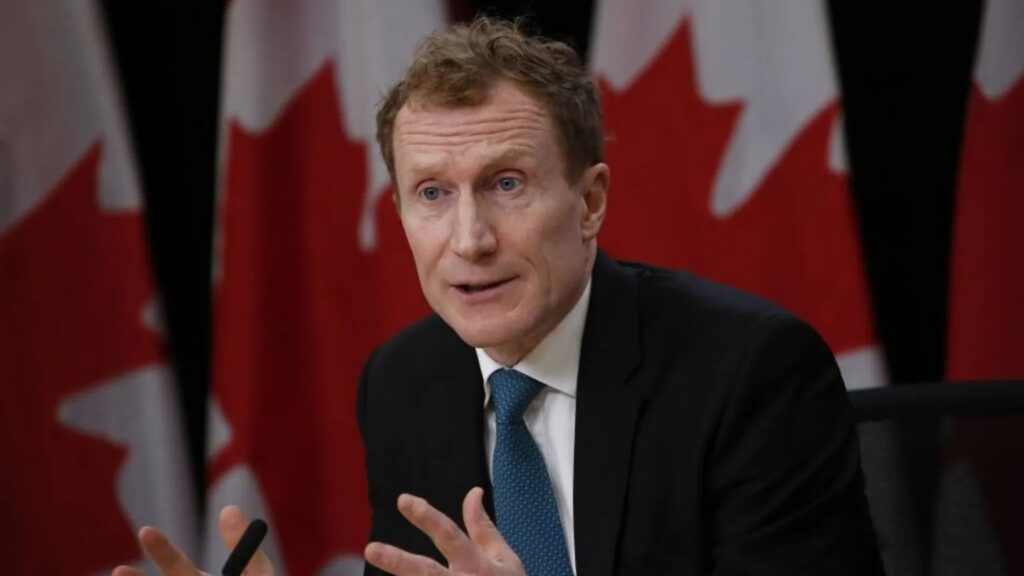
Canada’s immigration system is seeing a big change. The country is planning to limit the number of temporary residents it allows in for the first time ever. This includes international students, foreign workers, and even asylum seekers.
Why the Change? Balancing Growth with Challenges
Immigration Minister Marc Miller says the goal is to ensure “sustainable” growth in temporary residents. He points to a recent surge in temporary residents, with numbers jumping from nearly one million in 2021 to 2.5 million in 2024.
This increase has coincided with rising housing costs and affordability concerns. While Canada relies on temporary foreign workers to fill labor shortages, Mr. Miller emphasized the need for a more balanced system.
He acknowledged Canada’s international obligations to accept refugees fleeing war and persecution, but stressed the importance of discussing the impact of large-scale immigration on the country.
What Does This Mean for Different Groups?
The new policy will have varying impacts. Here’s a breakdown:
Temporary Foreign Workers: Businesses will need
to reduce their reliance on temporary workers by
May 1st, 2024. They’ll have to show a greater
effort to fill jobs with permanent residents or
Canadians first. Exceptions are made for
construction and healthcare, which face critical
labor shortages.
International Students: Earlier this year, Canada
capped international student admissions for the.
next two years, anticipating a 35% decrease in
approved study permits. Universities have voiced
concerns about losing revenue and deterring
students from studying in Canada.
Asylum Seekers: Canada’s commitment to
accepting refugees remains, but the recenter surge in
asylum seekers from Mexico has led to the
reinstatement of visa requirements for Mexican
nationals.
A Shift in Policy: Canada’s Changing Immigration Landscape
These caps represent a significant shift for Canada, which has traditionally welcomed immigration to fill job vacancies and address its aging population. However, rising housing costs and affordability concerns have put pressure on the Trudeau government to make changes.
The long-term effects of these new policies remain to be seen, but they signal a move towards a more controlled approach to immigration in Canada.
Subscribe to Follow Global Trends for daily global news. To Advertise, send a mail to advertise@followglobaltrends.com
Credit: BBC

